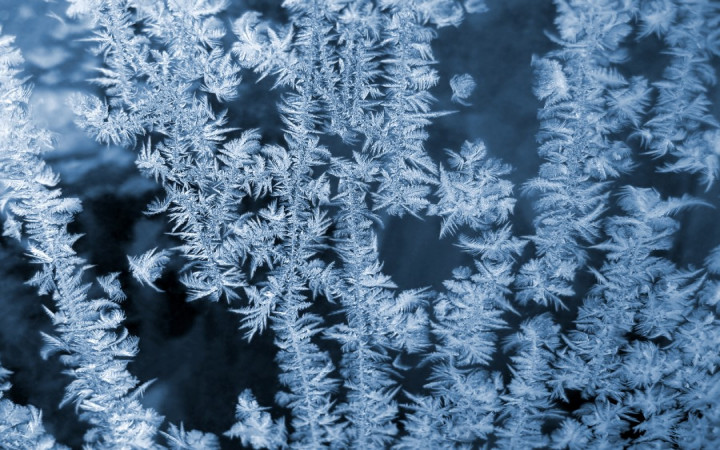In late fall as the first nights of below-freezing temperatures hit, you might awaken at the break of dawn to one of nature's most magnificent displays. What are we talking about? Frost flowers, of course!
Frost flowers aren't real flowers at all. They're natural ice sculptures that some people believe look like flowers. Others describe them as looking like spun glass or cotton candy. Are they sculpted by fairies in the night? Nope! They're actually created by plants!
You might see them dotting a field like a huge bouquet of white flowers. If you see them, enjoy the experience while you can. You might want to grab your camera and take pictures before they disappear!
Although they're incredibly beautiful, they're also incredibly delicate. Almost ethereal, these thin, fragile ice sculptures will disappear as the first rays of sunlight hit them. As the Sun rises and temperatures follow, frost flowers melt away and vanish in an instant.
So how does Mother Nature produce these fleeting, yet stunning creations? It's all science! Frost flowers will only develop when temperatures first drop below freezing but the ground is still warm enough to keep the root systems of plants alive.
When those conditions exist, plants can still draw water from their roots up into their stems. However, when that water reaches the stem, it quickly freezes because of the cold air. Because plant stems are thin, ice crystals that form will push their way out through the stem's walls.
Depending upon the structure of the plant's stem, the ice crystals may form thin strands like a ribbon or in thin curling sheets. When these ribbons and sheets join together, they can create a shape like a flower petal.
If you've never seen frost flowers before, it could be because you don't get up early enough! It's also possible that you don't live in an area with one of the few species capable of producing these interesting and delicate ice sculptures.
One plant species known to produce frost flowers is frostweed, which is also known as Indian tobacco or tickweed. It grows commonly in Texas, and you're likely to find it in river or creek bottoms or the shaded areas under large trees. You might also find frost flowers in areas with white or yellow wingstem plants. The best place to spot frost flowers will be among tall weeds in areas that aren't mowed often.




